Loading...
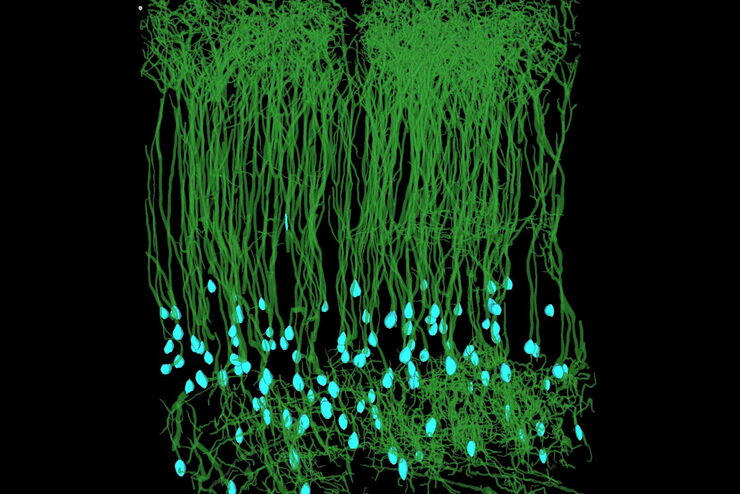
自动化加速神经元图像分析
复杂神经投射的检测能力主要取决于大规模神经元网络的精确重建。神经科学研究中的大多数数据析取方法都非常耗时和易错,进而导致进度延误和错误。在本次研讨会中,Aivia将演示如何利用自动化技术提升图像分析工作流的效率
Loading...
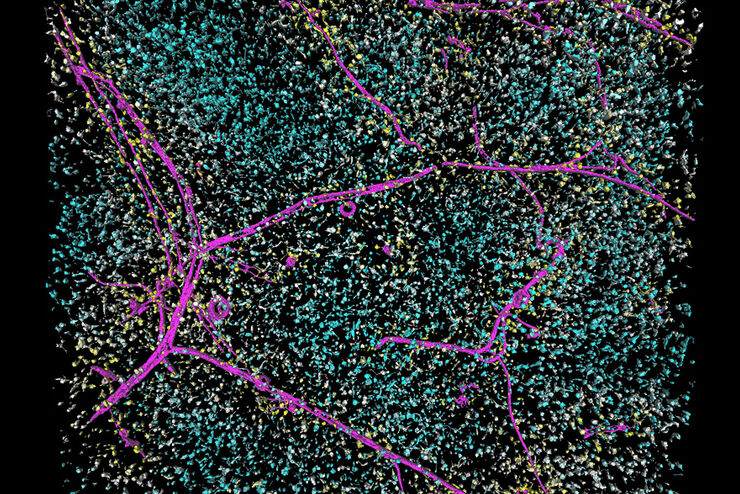
Save Time and Effort with AI-assisted Fluorescence Image Analysis
The powerful synergy of THUNDER and Aivia analyze fluorescence images with greater accuracy, even when using low light excitation.
Loading...
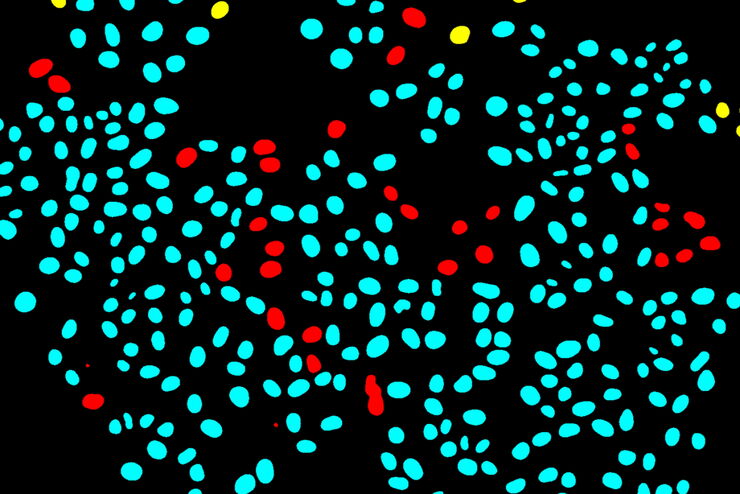
使用深度学习技术追踪单细胞
人工智能解决方案在显微镜领域的应用不断拓展。从自动化目标分类到虚拟染色,机器学习和深度学习技术在帮助显微镜学家简化分析工作的同时,也在持续推动科学技术领域的突破。
Loading...
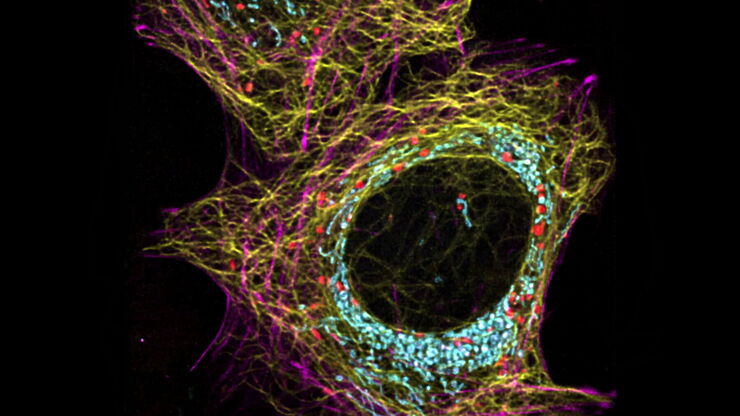
How Artificial Intelligence Enhances Confocal Imaging
In this article, we show how artificial intelligence (AI) can enhance your imaging experiments. Namely, how Dynamic Signal Enhancement powered by Aivia improves image quality while capturing the…
Loading...
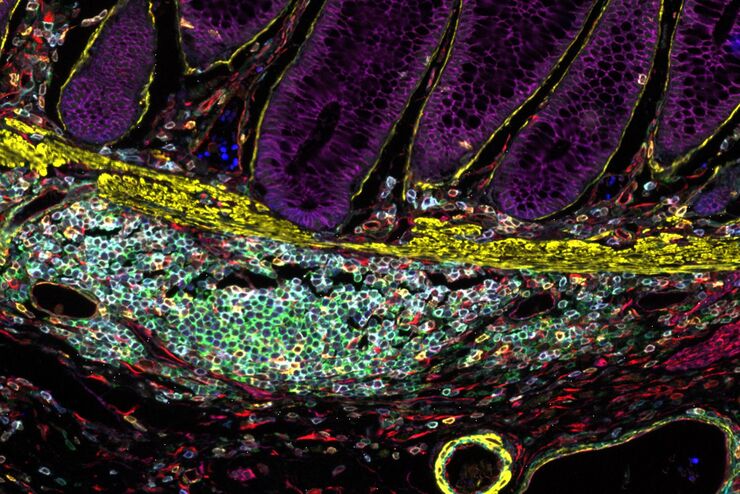
利用多重中频成像设计您的研究课题
多重组织分析是一种功能强大的技术,可对单个固定组织样本中的细胞类型位置和细胞类型相互作用进行比较。在多重分析研究开始之前,研究人员通常会提出以下问题: "我如何知道组织中哪些生物标记物是相关的?另外,随着研究问题的发展,我如何转向其他生物标记物?巧妙的研究设计有助于回答现有的问题,并能继续探索研究开始时并不明显的新联系。

![[Translate to chinese:] Analysis of anatomy and axon orientation of an adult mouse brain tissue with QLIPP [Translate to chinese:] Analysis of anatomy and axon orientation of an adult mouse brain tissue with QLIPP](/fileadmin/_processed_/c/5/csm_Learning_the_Cellular_Architecture_from_its_Optical_Properties_teaser_64aec2a949.jpg)
![[Translate to chinese:] Routine inspection microscope Ivesta 3 [Translate to chinese:] Routine inspection microscope Ivesta 3](/fileadmin/_processed_/a/a/csm_Ivesta_3_integrated_monitor_users_2_fc7f6bf183.jpg)

![[Translate to chinese:] AiviaMotion: Truly simultaneous multicolor imaging of live cells (U2OS) in 3D [Translate to chinese:] AiviaMotion: Truly simultaneous multicolor imaging of live cells (U2OS) in 3D](/fileadmin/_processed_/b/1/csm_How_Artificial_Intelligence_Enhances_Confocal_Imaging_teaser_52a5f9637d.jpg)